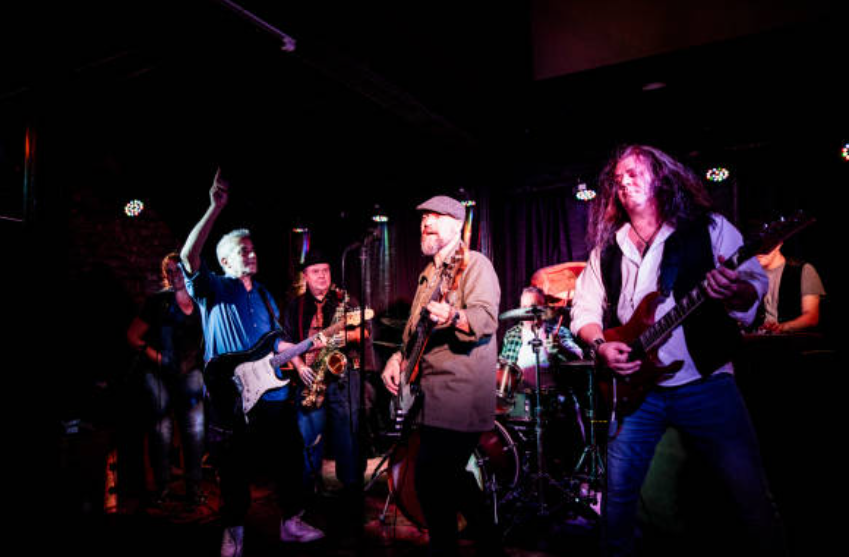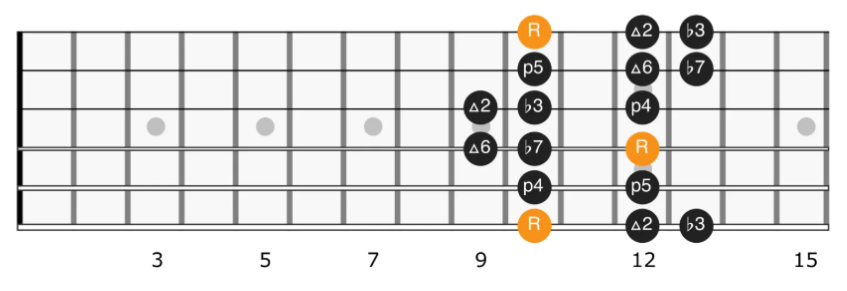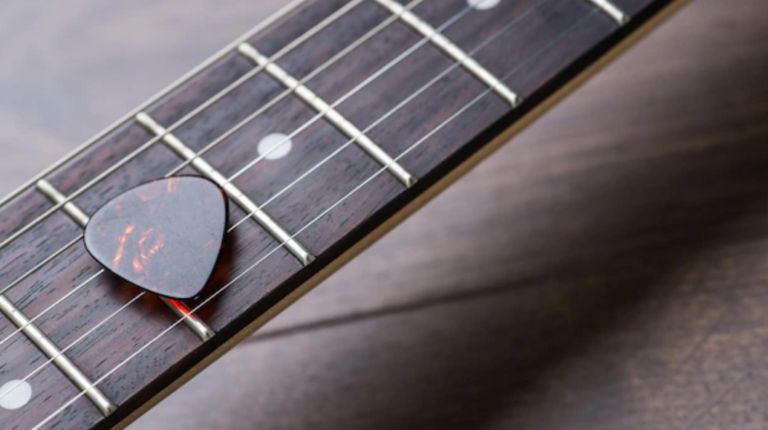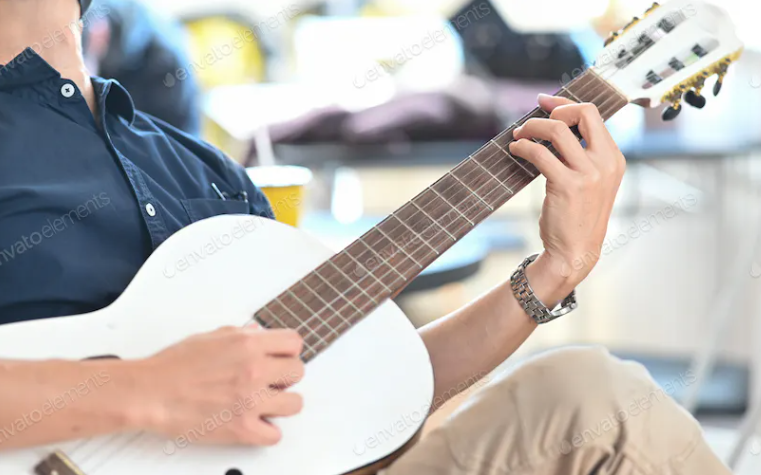Fundamentals of the Dorian Mode: A Jazz and Rock Staple – Easy Guide

If you’ve been learning guitar for a while, you’ve probably come across the term Dorian mode. It’s one of the seven musical modes and has a unique sound that sits between major and minor. If you’re into jazz, blues, rock, or funk, mastering the Dorian mode can take your playing to the next level.
Let’s break it down in a way that’s simple and easy to understand so you can start using it today.
What Is the Dorian Mode?
The Dorian mode is the second mode of the major scale. That means if you take a major scale and start on its second note, you get the Dorian mode.
For example:
- The C major scale is: C – D – E – F – G – A – B – C
- If you start on the second note (D) and play the same notes, you get the D Dorian scale: D – E – F – G – A – B – C – D
At first glance, it looks like the D minor scale (D – E – F – G – A – Bb – C – D), but notice one important difference, the sixth note is natural (B) instead of flat (Bb). This is what gives the Dorian mode its special flavor.
What Makes the Dorian Mode Unique?
The Dorian mode is often described as having a minor feel with a touch of brightness. That’s because it’s similar to the natural minor scale but with a raised sixth note.
This small change gives it a more bluesy, jazzy, and funky sound compared to the regular minor scale. You’ll hear it in everything from classic rock solos to jazz improvisation.
Key characteristics of the Dorian mode:
- Minor 3rd (like a minor scale)
- Major 6th (unlike a minor scale, which has a flat 6th)
- Minor 7th (like a minor scale)
How to Play the Dorian Mode on Guitar
Let’s say you want to play the D Dorian mode. Here’s an easy pattern to get started (you can move it up and down the neck to play in different keys):
D Dorian Shape (Starting on the 10th fret of the 6th string)

This shape follows the formula 1 – 2 – b3 – 4 – 5 – 6 – b7 – 1. Play around with this scale and listen to how it sounds over minor and dominant chords!
Where Is the Dorian Mode Used?
If you want to hear the Dorian mode in action, check out these famous songs:
- “So What” – Miles Davis (Jazz)
- “Oye Como Va” – Santana (Latin Rock)
- “Eleanor Rigby” – The Beatles (Rock)
In rock and blues, it’s commonly used over minor chords to add some color. In jazz, it’s a go-to choice for improvisation.
How to Use the Dorian Mode in Your Playing
Now that you know the basics, how do you use the Dorian mode in your playing? Here are a few tips:
- Find the right chord: Dorian sounds great over minor 7th chords (e.g., Dm7, Am7, etc.).
- Emphasize the major 6th: That’s what makes it different from a regular minor scale, so try landing on that note.
- Use it for solos: Try improvising over a funk or rock jam using the Dorian mode.
- Mix it with pentatonics: Adding a few Dorian notes to a minor pentatonic scale can make your solos sound more interesting.
Wrap Up
The Dorian mode is an essential tool for any guitarist who wants to add depth, emotion, and variety to their solos. It’s used across multiple genres and can instantly make your playing sound more sophisticated.
So grab your guitar, try out the Dorian scale pattern, and start incorporating it into your playing. The more you experiment, the more natural it will feel.
Interested in taking your guitar skills to the next level? Click the below and book a free lesson with us! We’re committed to helping you express yourself freely on the guitar without endless scales and theory. Happy playing!
Author: Daniel Powers Jr, the founder of Real Brave™, serves as the chief inspiration to thousands of students in the Real Brave music instruction program. He’s also the visionary behind PracticePad™, an online platform for live one-on-one online music lessons, lesson tracking, and scheduling. Beyond his entrepreneurial pursuits, Daniel leads a non-profit organization that provides formerly homeless children with access to music education, making a profound impact on their lives. His unwavering dedication to music, innovation, and education continues to inspire individuals to reach their fullest potential while creating positive change in communities. Follow Real Brave on all the socials:
youtube.com/@realbraveinc
twitter.com/realbraveinc
https://www.tiktok.com/@realbraveinc
instagram.com/realbraveaudio
facebook.com/realbraveinc






